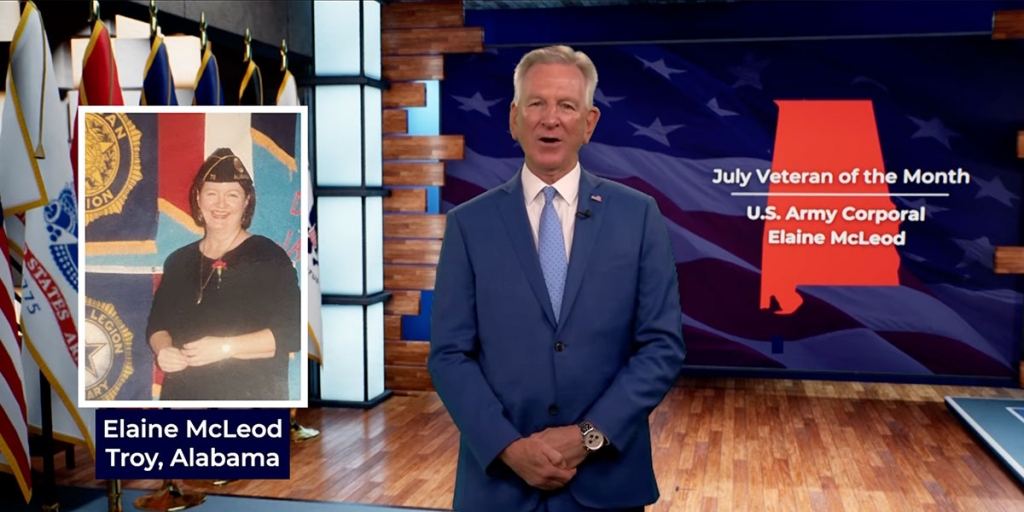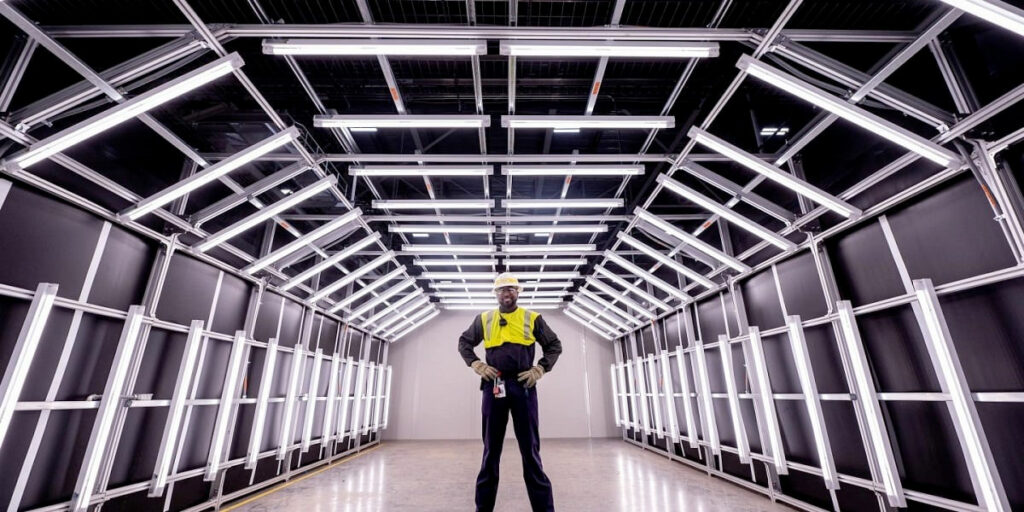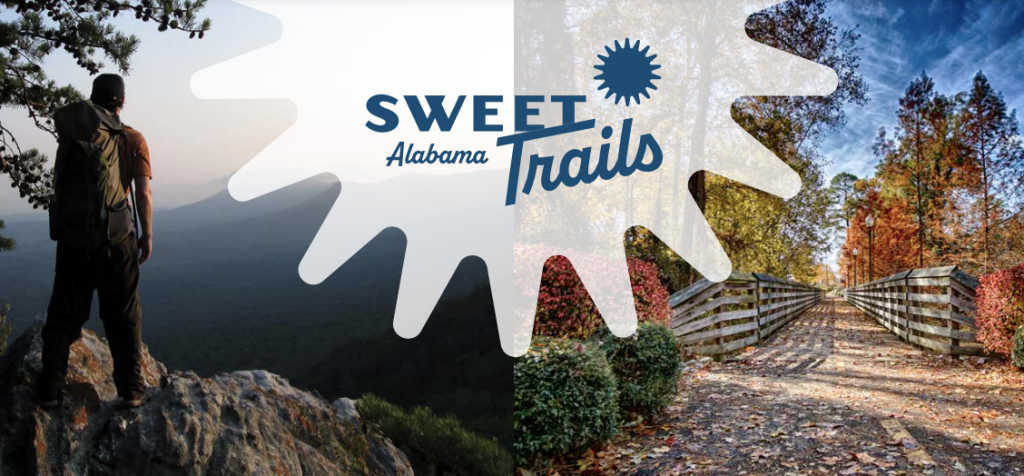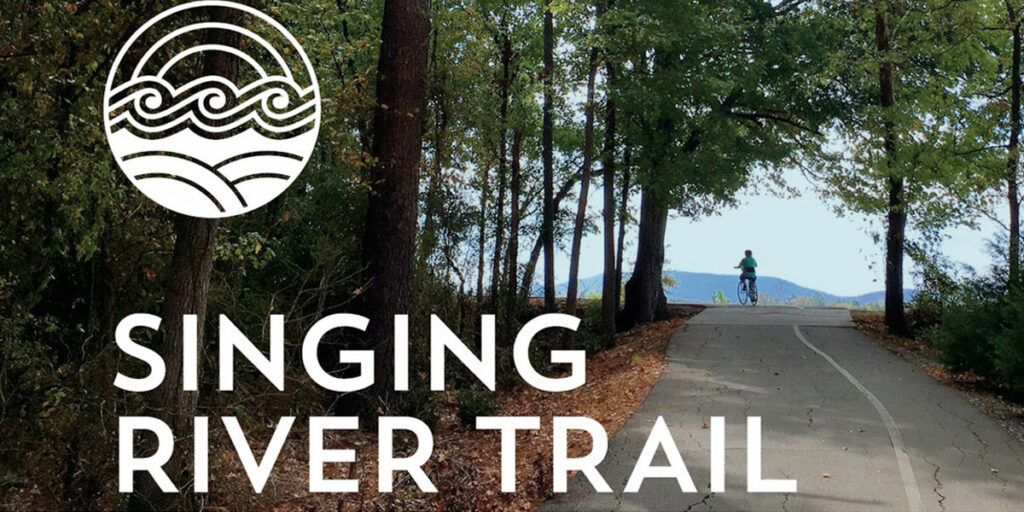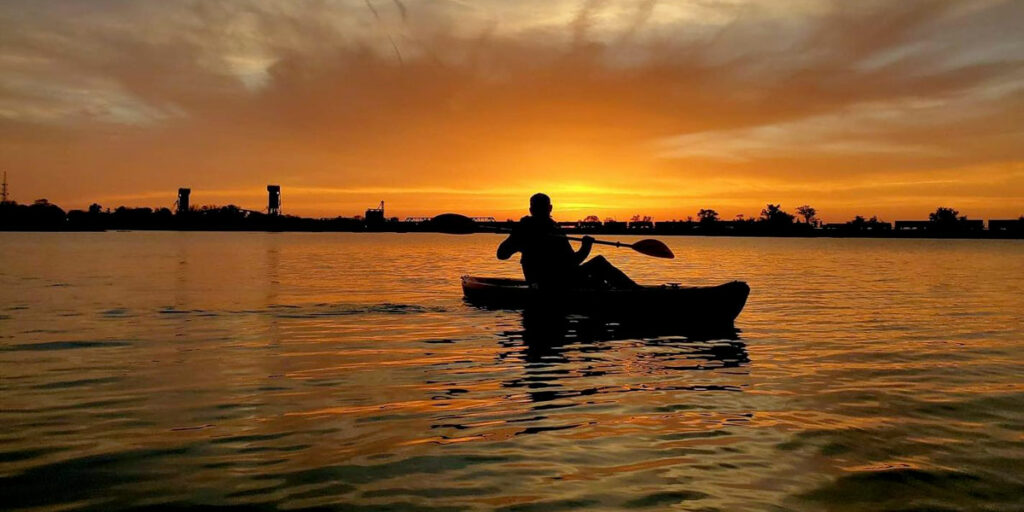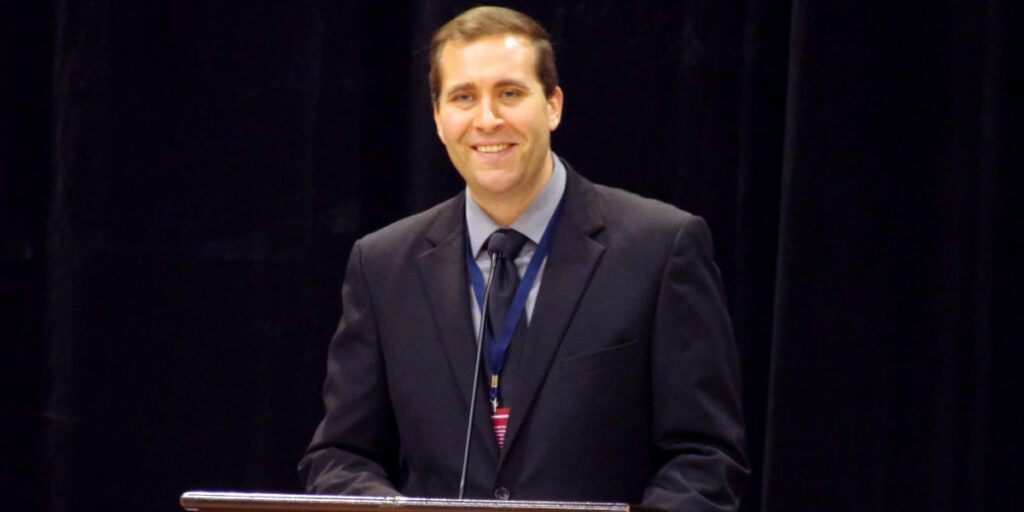After 10 years as a history professor at the University of Alabama in Huntsville, Dr. John Kvach decided to flip his script and embark on a new pursuit that would focus on the future rather than the past.
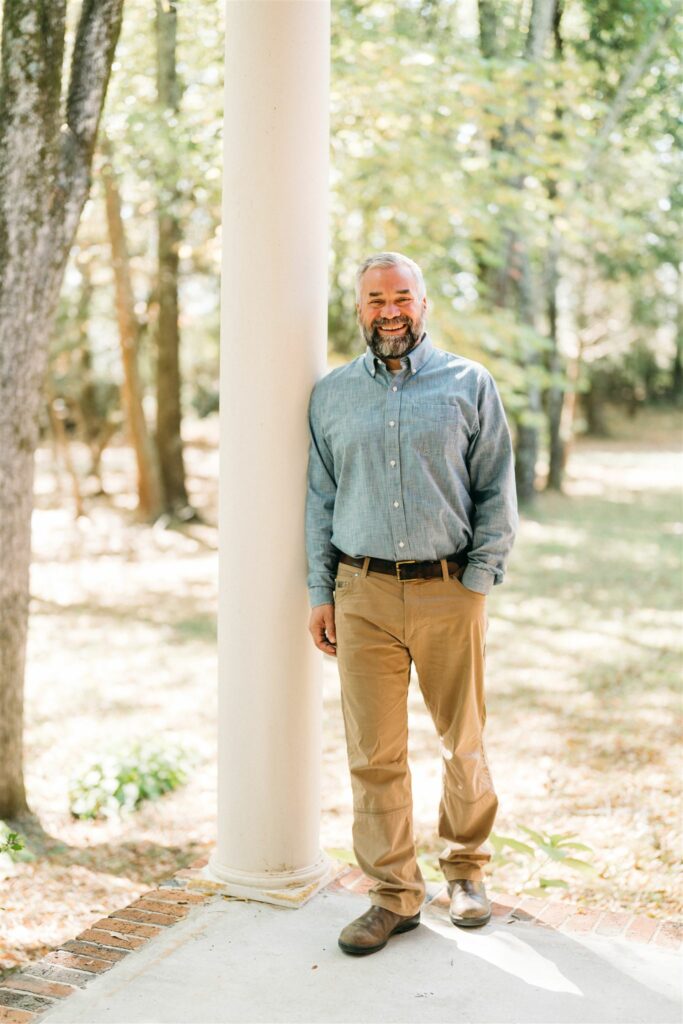
As the executive director of the Singing River Trail nonprofit, Kvach oversees a project that will create an expansive greenway system across North Alabama, connecting eight counties and 27 towns.
Though the greenway is in its early stages, with only a few miles complete at this time, the organization has made hundreds of connections across North Alabama and set up an infrastructure for increased community engagement and opportunities for growth.
Our partners at SoulGrown sat down with Kvach to learn more about the Singing River Trail and what it means for the future of our state.
Can you give an overview of what the Singing River Trail is?
The trail is a proposed 220-plus-mile greenway system. It’ll be 10-12 feet wide, paved in urban areas, and have natural surfaces in rural areas. It’s a bike and pedestrian trail that will go from Jackson County in the northeast all the way to the Shoals in the northwest, so basically crisscrossing North Alabama. We go through 8 counties and 27 towns. So yes, it’s a trail but it’s really about empowering a quarter of Alabama’s total population, the people that live in the connection points of our proposed trail route. It’s about offering folks an opportunity to get outside for outdoor recreation, for health and wellness (physical, mental, emotional, spiritual).
It’s also built around economic development, opportunity development, and community engagement. A very intentional component is entrepreneurial development and growth for small businesses throughout North Alabama. Not only are we a trail, but we’re trying to be an accelerator, an incubator of ideas, and we’re going to begin to move into the humanities and focus on using history and culture as ways of developing better tourism, better quality of life, and more workforce development. When people say it’s just a trail, it kind of grinds my teeth because that’s almost the exact opposite of what I want it to be. I want the trail to serve as a conduit for growth and show people that this is really the centerpiece of developing out what we already have but making it formalized, accessible and approachable.
What’s the timeline for the trail’s completion?
There’s a small section that we have completed in Scottsboro. There’s a mile-and-a-half in South Huntsville and West Huntsville, and we’re about to assume a lot of existing trails in Limestone County and Morgan County. For us, it’s not about duplicating what’s already there. If there are existing trails that we can connect to, we’re going to do it. By the end of this year, we’ll have around 15 miles of trail built and another 30 or 40 miles that will be signed and added on within the next year to three years. We’re a nonprofit working with towns applying for state and federal funding. So the faster that people in Montgomery and Washington recognize that we’re working hard to build infrastructure in the state as a nonprofit, the faster we’re funded, and the faster we’ll finish. In the next five to seven years, you’ll see a real flurry of construction and completion. In 10 to 15 years, you’ll see 60-80% of the trail open, under construction, or getting ready for the next phase.
What do you think this trail provides for North Alabama and the entire state?
It provides opportunity. A lot of people—hunters, large landowners, people who use their property—have access to land and know that North Alabama is a beautiful place to live and work. I think the trail would give a lot more people the opportunity to get outside and see just how beautiful our state is. It goes into civic engagement and pride. I know that may sound old-fashioned, but when you’re proud of something and you’re proud to be from somewhere, it can go into how you see yourself. I think for a lot of Alabamians, we’ve been on the backend of a lot of bad or challenging history, and I think now we can look to the future and see we have so much to celebrate. A lot of times the biggest naysayers and the negative energy comes from within. When you begin to show people what you have and what you can be, it doesn’t take a lot. For me as an Alabamian, I say I want my kids to want to come back here someday. The thing we offer the next generation isn’t so much golf courses or tennis courts; it’s more about greenways and opportunities to go outside and engage our natural environment, and at the same time say, “Hey, I want to start a business. I want to have a bike rental business,” and actually be able to pursue that dream.
Can you talk about how the trail celebrates Native American heritage?
Something that’s important to understand is we follow the Trail of Tears, but we don’t want to be beholden to the Trail of Tears. What I mean by that is that it was a particular moment in history, a horrific part of our national history and story, but we don’t want that to completely define the Native American story in Alabama. It’s part of it, but we also want to highlight the heritage part of how these people lived, how they traveled, they played. We want to be more about the encompassing story that engages our Native American past, but also connects it to our future in the sense of the human story.
For us it’s telling a story about Native Americans in North Alabama, but it’s also telling our story through one lens. Then we can begin to focus on what’s the next story we want to tell. It can be the story of African Americans, the story of immigrants, the story of people who started the first plantations, farms, and business. Then we begin to tell these overarching layered stories that all connect back to now and answer the questions of: How did we get here? What made us us? What’s in our DNA? For a lot of Alabamians, there’s this mixed DNA that’s really compelling.
Where does the name Singing River come from?
It comes from a Native American oral tradition about a young girl who was removed from the Tennessee River Valley during the Trail of Tears and sent to Oklahoma. Here Tennessee means the river that sings. When she was in Oklahoma, she missed the musical river that sang, and she spent the next couple of years making her way back to North Alabama so she could get back to the river that sings. Our name is an homage to that story and that moment in time.
What prompted you to switch careers and take on this role?
I wanted to make a real impact in real life—not just in academics, in reading a book and theorizing on it. I love teaching and I loved my time as a professor, but what lacked was I had this burning desire to get something done that would leave a lasting legacy. After 10 years and one day, I quit and everyone was like are you crazy? You have tenure. You have it easy. And in reality, I don’t think I wanted easy. I wanted something that was difficult and challenging. We behave like a for-profit even though we’re a nonprofit. We work hard and we work to win. I don’t want to be a charity. I want to be a competitive nonprofit and a competitive workplace and I think that’s what we’re doing.






